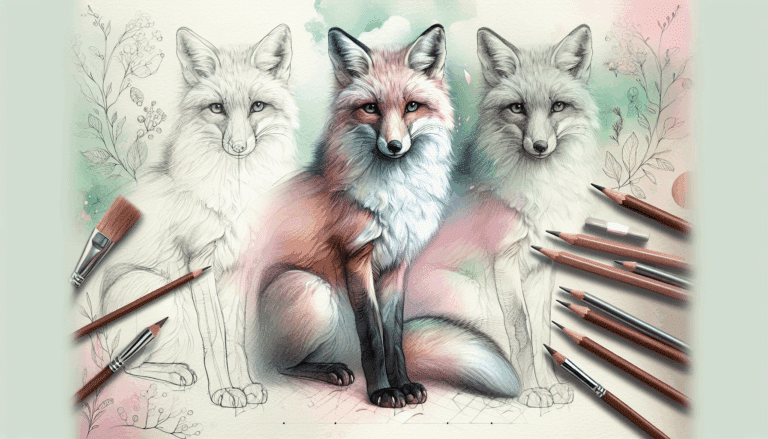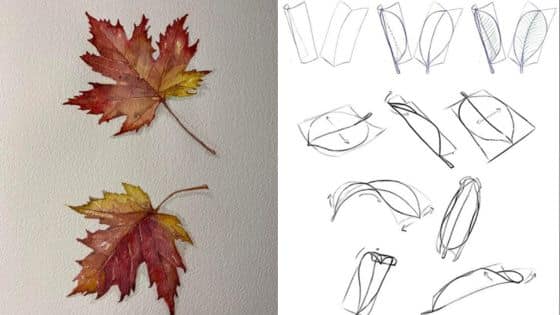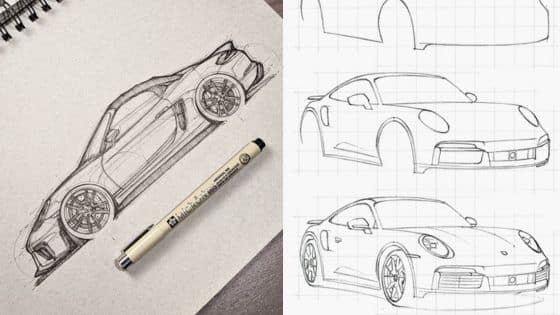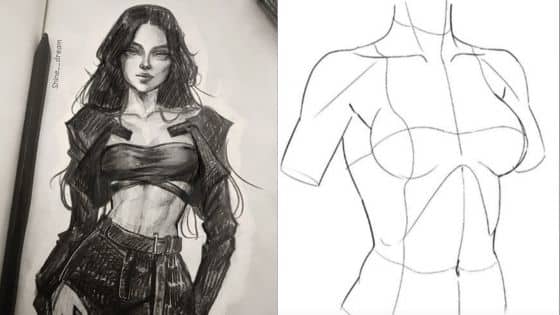Capturing action in your drawings brings energy and life to your work, making your characters and scenes more engaging. Action pose drawing ideas help you depict motion realistically and with dynamic impact, improving your overall artistic skills. Whether you aim to illustrate fight scenes, sports movements, or dramatic gestures, mastering these poses sharpens your ability to express emotion and fluidity.
You will find that understanding the basics of body mechanics and balance is essential to creating convincing action poses. Exploring a variety of dynamic positions challenges you to think creatively about how a figure moves through space. Using references can guide you in achieving accuracy while you experiment with different angles and expressions.
Key Takeaways
- You need to focus on movement and balance to draw effective action poses.
- Experimenting with varied poses enhances creativity and realism.
- References improve accuracy and help overcome drawing challenges.
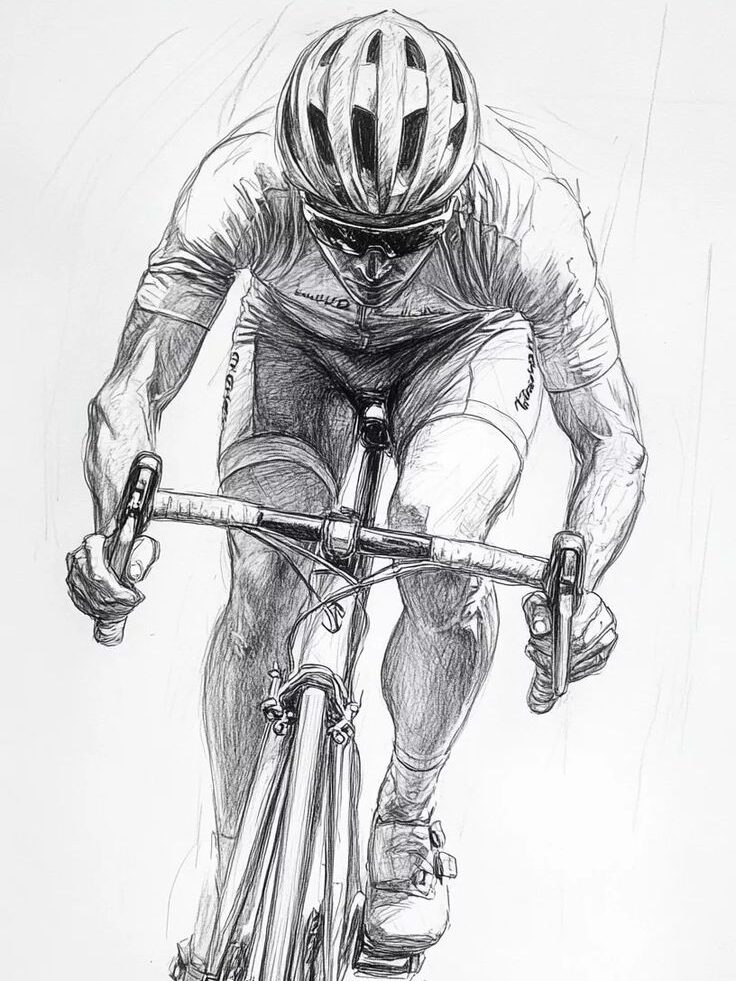
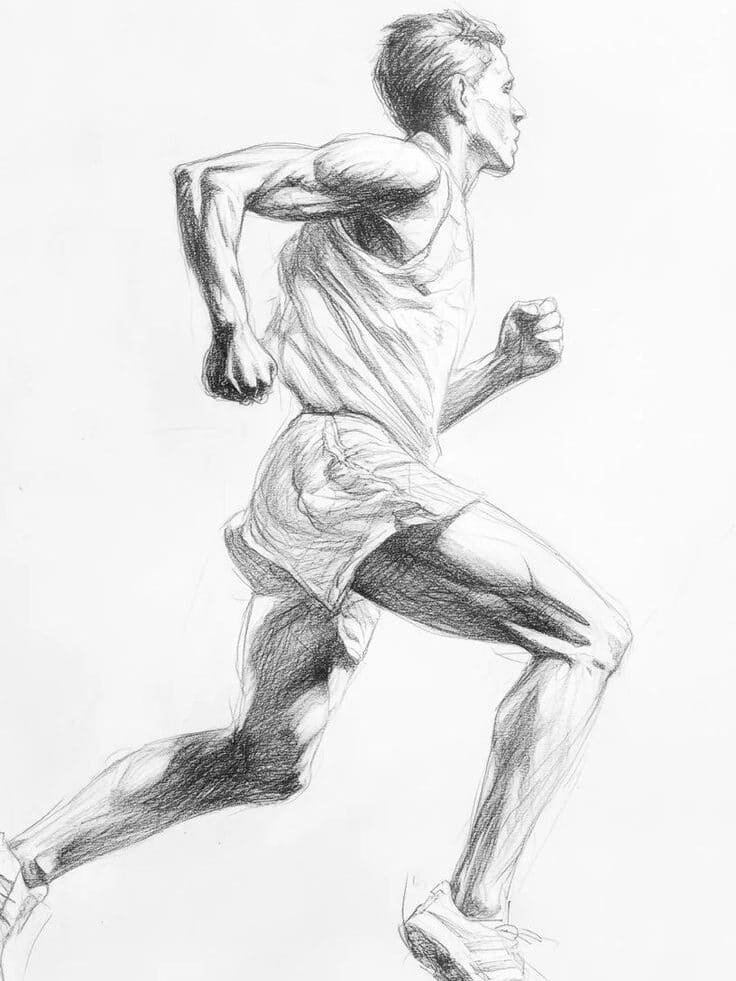
Understanding Action Poses
Action poses require capturing movement, balance, and energy through body language. You need to focus on how the figure flows, the anatomical structure supporting that motion, and the clarity of the silhouette to communicate the pose effectively.
The Dynamics of Movement
Movement in action poses hinges on creating a sense of flow and tension in the body. Use lines of action, which are simple curved or straight lines that trace the main motion path through the figure. These lines help guide the body’s limbs and torso to maintain natural movement.
Consider the direction and force behind the action. Is your figure pushing, pulling, twisting, or leaping? These forces should be visible in the pose through limb angles and body posture. Avoid stiff or symmetrical poses, as they reduce the feeling of energy.
Focus on weight distribution and balance. Properly shifting weight between feet or hands defines stability or the beginnings of movement. Think about how muscles stretch or compress during motion to enhance realism.
Importance of Anatomy
A solid grasp of anatomy is essential when drawing action poses. Understanding the bones and muscles beneath the skin allows you to predict how joints will bend and muscles will contract during movement.
Focus on key joint areas like shoulders, elbows, hips, knees, and ankles, since they determine the ranges of motion. Misplaced anatomy can make an otherwise dynamic pose look awkward or impossible.
Use simplified anatomical shapes first—cylinders for limbs, spheres for joints, and boxes for the torso—to build a reliable skeletal structure. This method helps you maintain proportional accuracy and construct complex poses from a strong foundation.
Silhouettes and Gesture
Silhouettes communicate the clarity of your action pose. A strong, readable outline ensures the pose is immediately recognizable and visually impactful even without internal details.
Work on gesture drawing to capture the essence and rhythm of the movement quickly. Gesture sketches focus on motion rather than detail, helping you build fluid, natural poses.
Clear, exaggerated silhouettes eliminate confusion in your figure’s positioning. Avoid overlapping limbs that obscure the action line. Always aim for bold shapes that express the intent and emotion of the pose clearly.
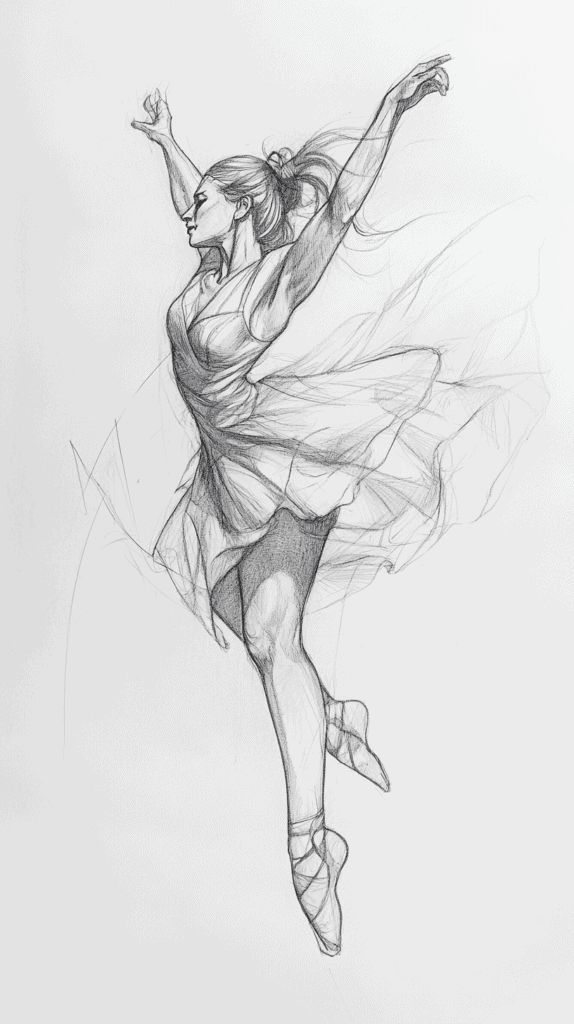
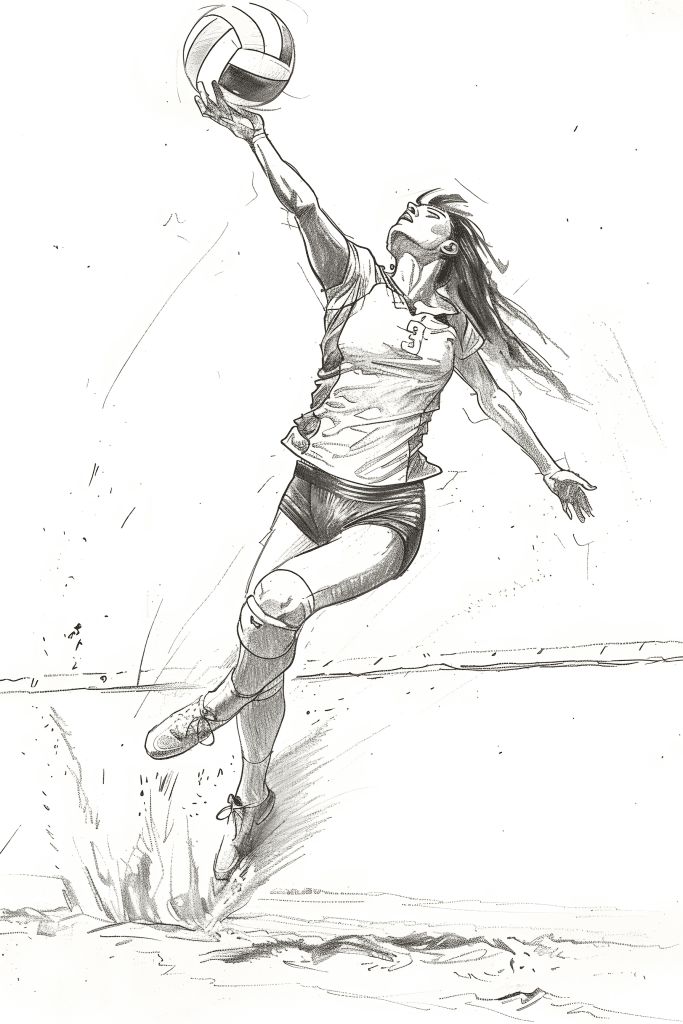
Fundamental Techniques for Drawing Action Poses
Mastering action poses requires focusing on the flow of movement, the use of lines to suggest motion, and capturing the emotional intent behind the posture. These elements help you create drawings that feel alive and convincing.
Gesture Drawing for Fluidity
Gesture drawing is the foundation of dynamic action poses. It involves quickly sketching the overall movement and flow of the figure instead of focusing on details. This allows you to capture the energy and rhythm of the pose, making it feel natural and fluid.
Start with simple, loose lines representing the spine and limbs, emphasizing the direction and motion. Avoid rigid or overly controlled strokes to keep the pose lively. Use short timed exercises to build confidence in expressing movement through quick gestures.
By practicing gesture drawing regularly, you’ll improve your ability to visualize how weight shifts and balance works in dramatic poses. This technique serves as the skeleton for more detailed anatomy later.
Utilizing Motion Lines
Motion lines, often called action or line of action, guide the viewer’s eye through the flow of the pose. These lines create a sense of momentum and direction, making your action poses dynamic and visually engaging.
Locate the primary curve or direction that drives the movement, usually following the spine or main axis of the figure. Use smooth, sweeping lines to accentuate this flow.
Incorporate secondary motion lines to indicate limb movements or follow-through action. This technique emphasizes the speed and force behind the pose, essential for scenes depicting fast or powerful motions.
Motion lines also help maintain balance and proportion by anchoring the figure’s overall movement, a crucial balance between structure and energy.
Enhancing Emotional Expression
The emotional impact of an action pose comes through subtle elements like posture, tension, and facial cues. You should analyze how body language communicates intent or feeling.
Focus on how muscle tension, hand gestures, and the tilt of the head contribute to the story behind the movement. For example, clenched fists and a forward-leaning posture signal aggression or determination.
Incorporate exaggeration carefully to highlight emotions without distorting anatomy beyond recognition. Details like furrowed brows or wide eyes heighten emotional clarity.
By combining expressive body language with physical dynamics, your action poses will not only look active but also convey the appropriate mood and narrative.
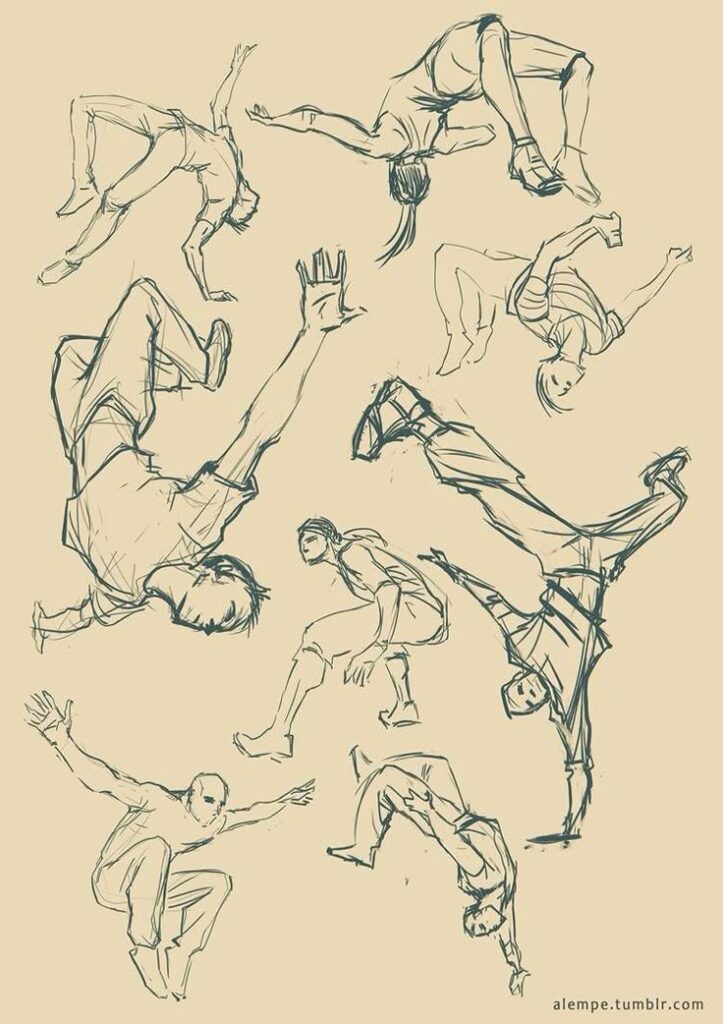
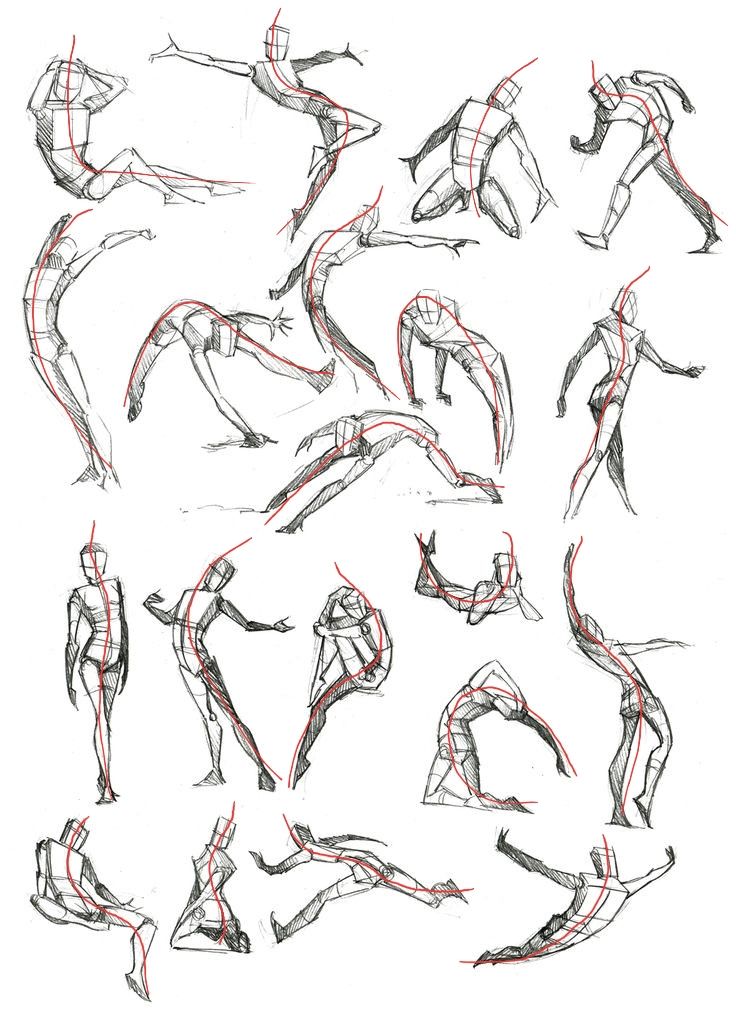
Creative Action Pose Drawing Ideas
To create compelling action poses, focus on variety and realism. Consider different sources of movement, such as sports, fighting, dance, or everyday activities. Each offers unique challenges and opportunities to capture energy, tension, and fluidity in your drawings.
Sports and Athletic Movements
Athletic action poses are excellent for exploring dynamic tension throughout the body. Think about movements like sprinters exploding off the blocks, basketball players leaping for a dunk, or gymnasts twisting mid-air. These poses highlight muscles engaging under strain, providing clear lines of force and balance to emphasize.
Pay attention to how limbs extend and contract. For example, a runner’s arm swings opposite to the forward leg, creating natural body rotation. Use contrapposto and exaggerated torso twists to show power and momentum. These help make your figures more believable and alive.
Dramatic Fight Choreography
Fighting poses demand energy and intensity. You can depict punches, kicks, dodges, or grapples to show physical conflict. Focus on balance and counterbalance—the way fighters shift weight to prepare for or react to blows.
Angles play an important role here. Low stances or raised arms convey readiness, while outstretched limbs capture motion. Capture strain on the body by exaggerating muscle tension and facial expressions. This will add drama and authenticity to your figures.
Dance and Performance Motions
Dance offers fluidity combined with strength. Use poses where the dancer stretches, leaps, or balances on one foot. The key is exaggerating elegance and grace while maintaining anatomy accuracy.
Look for flowing lines created by arms and legs. For example, a ballet arabesque extends one leg behind while the torso leans forward, creating a distinct silhouette. You can emphasize rhythm and poise by studying reference photos or videos, helping your characters convey emotion through movement.
Dynamic Everyday Activities
Everyday actions like running to catch a bus, jumping over a puddle, or swinging a bag can translate into dynamic action poses. These scenarios offer natural movement variety, often overlooked in favor of more spectacular motions.
Observe how the body adjusts for balance and momentum during such moments. Small shifts like leaning forward, bending knees, or swinging arms provide subtle but effective ways to increase realism. These poses connect your drawings to relatable human experiences, making them more engaging.
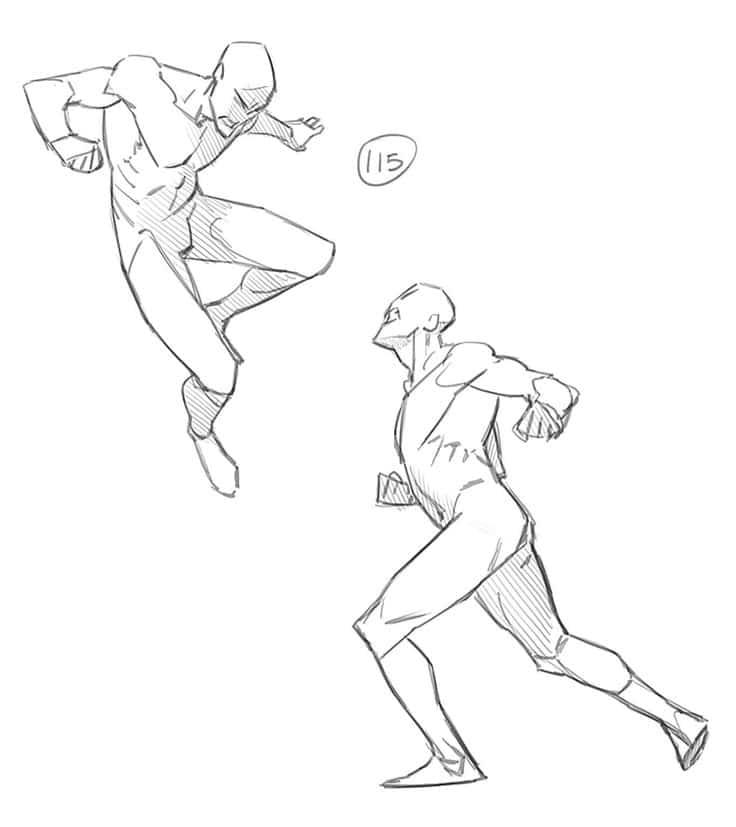
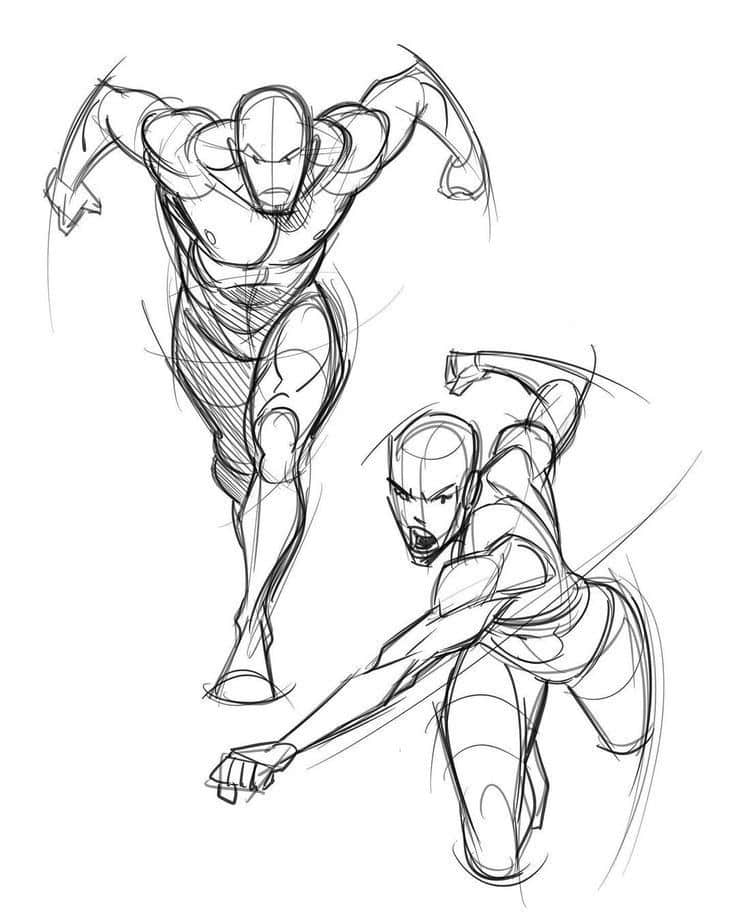
Using References for Accurate Action Poses
To draw convincing action poses, you need a reliable way to understand human movement and body mechanics. Using multiple reference types helps you grasp details like muscle tension, balance, and natural motion. This approach ensures your figures look dynamic and realistic.
Observing Real-Life Movement
Watching real people move is one of the most effective ways to study action poses. Pay attention to how weight shifts, how joints bend, and how muscles activate during different activities. For example, sprinting involves leaning forward with arms driving, while a punch includes torso rotation and tension in the shoulders.
You can observe movement in public spaces, sports, or even your own reflection in a mirror. Try to notice subtle details like finger positioning and foot angles, which make your drawing feel lifelike. Capturing these nuances helps avoid stiffness and promotes fluidity in your art.
Leveraging Photo and Video References
Photos and videos are essential for capturing specific moments of action that may be too fast or complex to observe directly. High-speed videos allow you to freeze motion at critical points, showing muscle engagement and balance in detail.
Use reference libraries or create your own image collections focusing on varied action poses. When working from photos or videos, analyze the anatomy, weight distribution, and body alignment carefully. Avoid relying solely on stylized or exaggerated media, as these can misrepresent true human form.
Posing Tools and Mannequins
Using 3D posing tools or physical mannequins offers hands-on control over your reference poses. Digital apps let you rotate and adjust models in real time, testing different angles and perspectives for your action scenes.
Physical mannequins provide tactile feedback and help you visualize poses in three dimensions. Both types of tools allow you to experiment with dynamic positioning without needing a live model. They are particularly useful for practicing tricky foreshortening and complex limb arrangements essential to action pose accuracy.
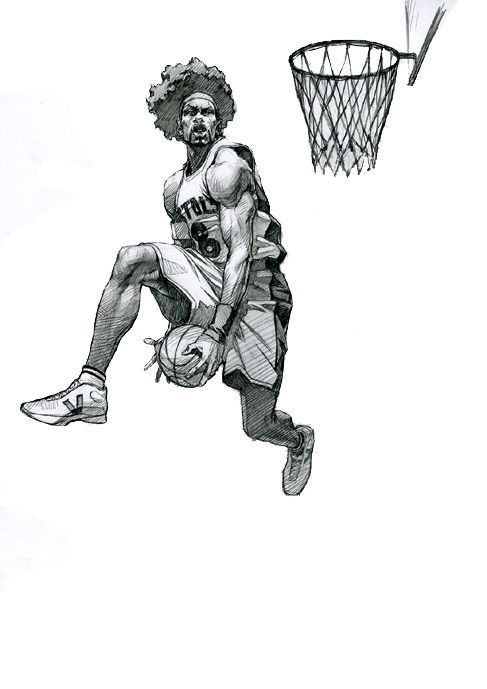
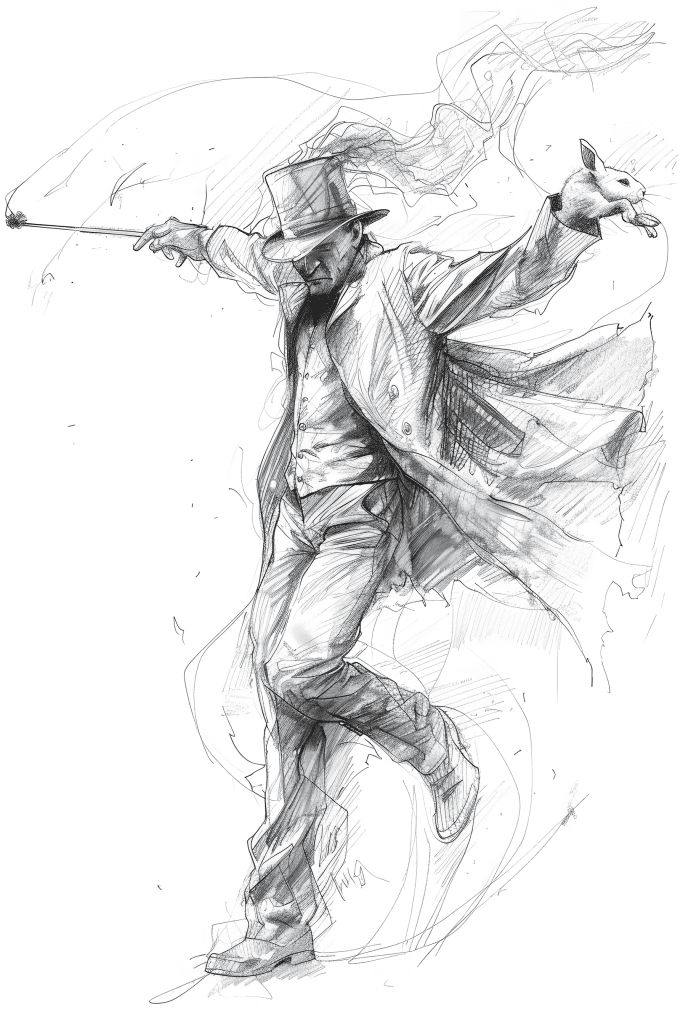
Common Challenges and Solutions in Action Pose Drawing
Drawing action poses demands managing complex issues like anatomy, fluidity, and energy. You must keep the figure believable while enhancing the sense of motion, avoiding common pitfalls that can make your artwork feel awkward or static.
Maintaining Proportions During Motion
Action poses often involve extreme stretches or foreshortening, which makes keeping accurate proportions difficult. Focus on understanding the underlying anatomy and skeletal structure to guide you through twists and bends.
Use simple construction shapes to map out body parts before adding detail. This technique helps maintain consistency in limb length and joint placement, even in dramatic poses.
Avoid relying solely on reference photos; use them to study movement, not to copy exact proportions. Practicing quick gesture sketches regularly can improve your ability to judge proportions on the fly.
Balancing Exaggeration and Realism
Exaggeration adds energy and drama to action poses, but too much can break the believability of your figure. You need to enhance motion without distorting anatomy beyond recognition.
Identify key elements to exaggerate, such as the curve of the spine, line of action, or limb extension. Keep facial features and muscle structure within realistic bounds to preserve character integrity.
Experiment with subtle exaggeration first, then push further as you get more confident. Use feedback or comparative sketches to check that your exaggeration supports the storytelling without undermining anatomy.
Overcoming Stiffness
Stiffness is a common problem that undermines the dynamic feeling of action poses. It usually results from rigid joints, straight limbs, or lack of weight distribution.
To fix stiffness, focus on the flow of the body’s lines. Use gesture drawing to capture movement’s rhythm before focusing on details.
Incorporate curves and asymmetrical lines rather than straight, uniform angles. Visualize the pose’s weight and balance by imagining how gravity affects each body part.
Adding small, natural shifts—like a tilted head or bent knees—can transform a stiff drawing into a lively one.
- 218shares
- Facebook0
- Pinterest218
- Twitter0
- Reddit0








